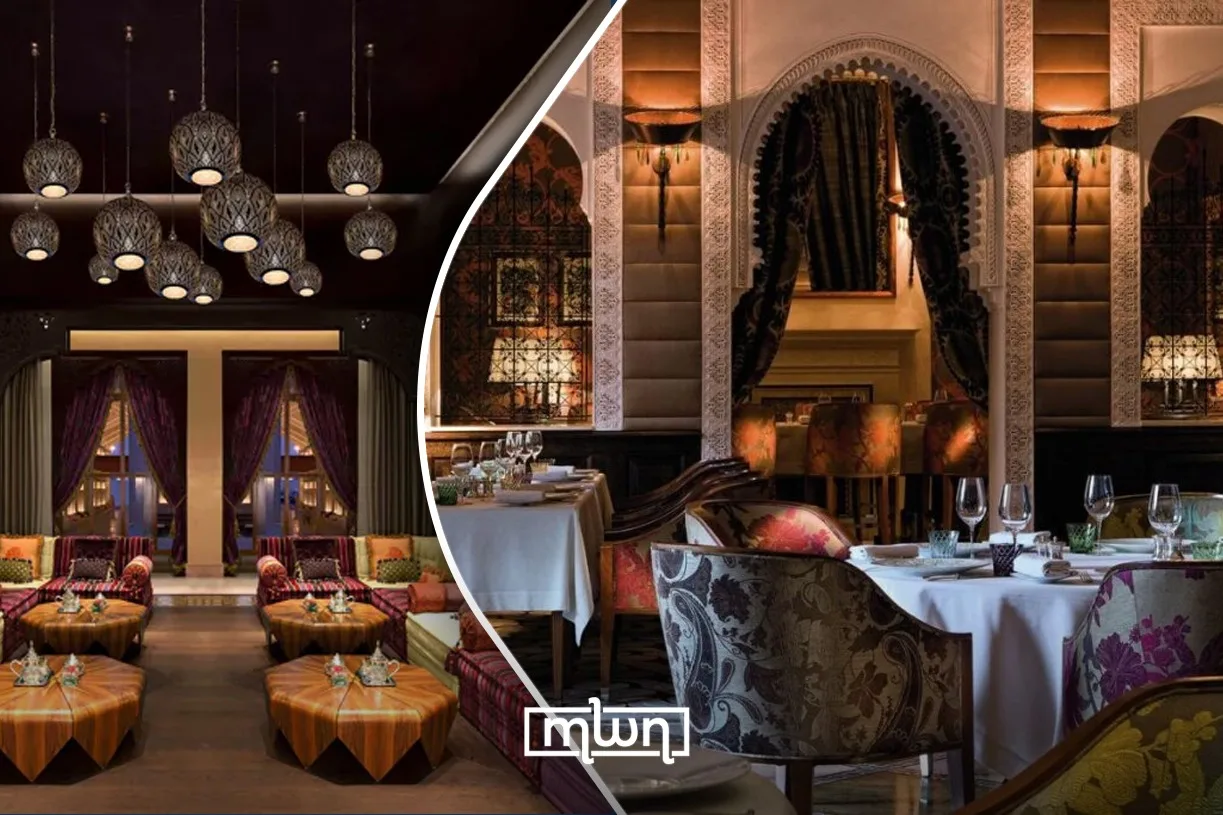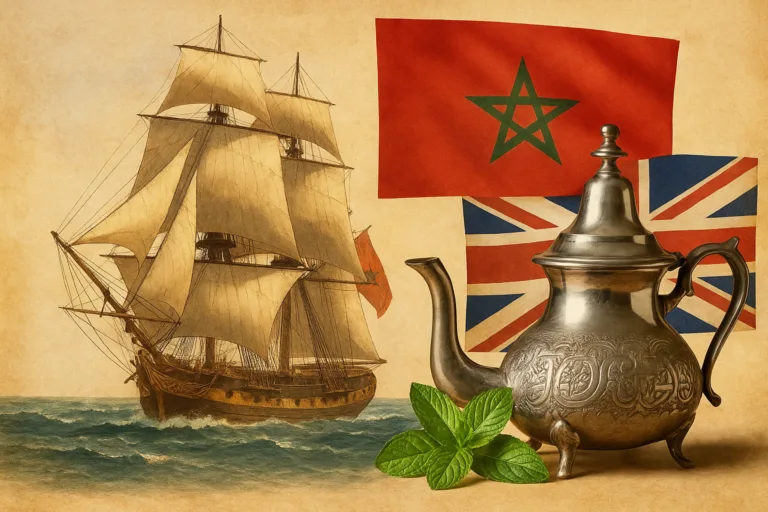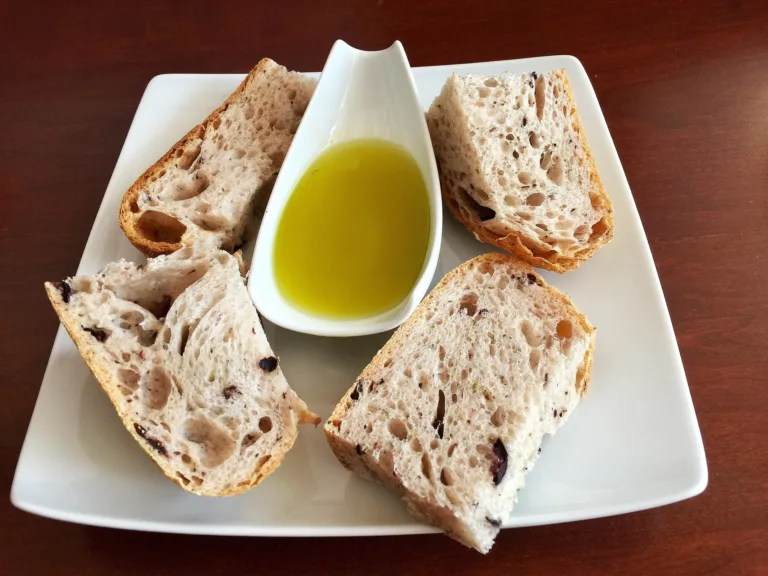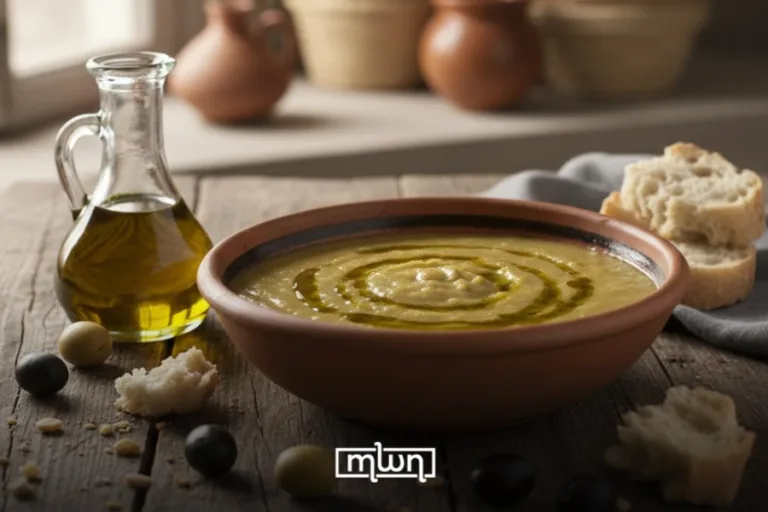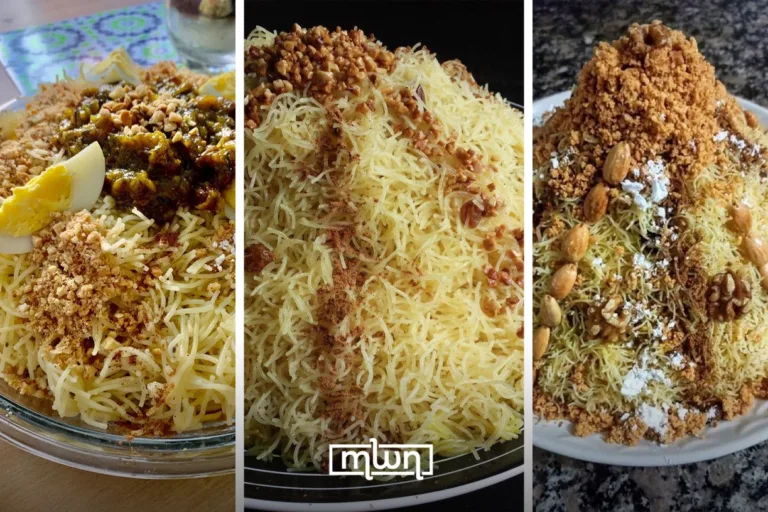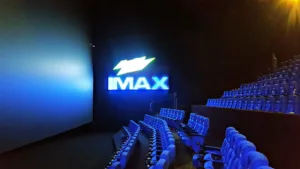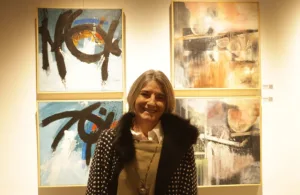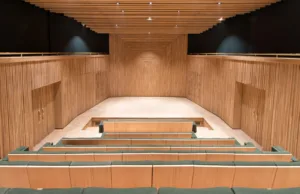Fez – The Michelin Guide, known globally for its restaurant rankings, hasn’t yet expanded its coverage to Morocco.
The red-book inspectors operate in select regions, from Paris to Tokyo, where inspection networks and local partnerships exist. Morocco – for now – isn’t one of them. Without formal evaluation, Moroccan restaurants simply can’t qualify, no matter how exceptional their food might be.
That absence doesn’t mean Morocco lacks high-end gastronomy. In Marrakech, La Grande Table Marocaine at the Royal Mansour has long been considered one of North Africa’s finest restaurants. It offers a refined take on traditional dishes like pastilla and tagine in a luxurious setting that rivals Michelin-starred venues elsewhere. Casablanca’s Rick’s Café and Fez’s Nur have also earned global attention for their creativity and presentation.
But operating a restaurant to Michelin standards requires consistency, sourcing, and staffing levels that are costly to maintain. High-end dining relies on stable tourism and a market willing to pay premium prices — something that fluctuates across Morocco’s seasonal economy. Many restaurateurs instead focus on authenticity, warmth, and cultural experience rather than haute-cuisine formalities.
There’s also a deeper question of fit. Moroccan cuisine celebrates generous flavors, slow cooking, and shared meals — qualities that don’t always align with Michelin’s Eurocentric fine-dining expectations. Some chefs prefer to preserve that identity rather than rework it into the minimalist, hyper-plated style often rewarded by Michelin.
Still, change may be on the horizon. Morocco’s restaurant scene is evolving fast, with new venues opening in Marrakech, Rabat, and Tangier led by internationally trained chefs. As culinary tourism grows and Morocco cements its status as a global destination, Michelin’s red book could eventually follow.
For now, the absence of stars says more about geography than gastronomy. Morocco’s kitchens continue to shine — with or without the Michelin seal.

